Summary
- Airlines profit immensely from baggage fees, a significant ancillary revenue stream, especially for low-cost carriers and legacy airlines.
- Baggage fees are based on size, weight, and travel class, with steadily increasing prices from booking to the airport.
- Revenue generation is the main driver for implementing baggage restrictions, offsetting high costs, and maximizing freight onboard.
Airlines greatly restrict the amount of luggage passengers can bring onboard the aircraft. Whether it is checked luggage, a carry-on bag, or a personal item, almost all global carriers have specific size and weight restrictions for luggage. More and more airlines are charging additional baggage fees.
In the last decade, baggage fees have become one of the most significant ancillary revenue streams for airlines. While budget carriers and legacy airlines aim to lower airfares, they profit tremendously from ancillary products such as luggage fees. This article explores why carriers restrict passenger baggage allowance and how it benefits the airline industry, as highlighted byAmerican Airlines.
Baggage fees
Low-cost carriers like Norse Atlantic Airways and legacy airlines such as American Airlines post their luggage fees on their websites, restricting passengers' baggage allowance. Baggage fees are generally based on the bag's size and weight, travel class, and fare type. More and more airlines have introduced fare types that include or exclude specific amenities, including baggage allowance and fees, seat selection, reward miles, and change fees.
An example of a comprehensive baggage fee chart forNorse Atlantic Airwaysis shown here.
|
Baggage |
During booking |
After booking |
At airport |
|---|---|---|---|
|
Personal item 15.5 x 11.5 x 5.5 in (40 x 30 x 15 cm) |
Free |
Free |
Free |
|
Carry On (10kg / 22lbs) 22 x 18 x 10 in (56 x 45 x 25 cm) |
$45 |
$60 |
$85 |
|
Light Checked (15kg / 33lbs) 62 in (158 cm) total |
$60 |
$80 |
Not available |
|
Standard Checked (23kg / 50lbs) 62 in (158 cm) total |
$75 |
$95 |
$130 |
|
Heavy Checked (32kg / 70lbs) 98 x 31 x 44 in (250 x 79 x 112 cm) |
$170 |
$190 |
$225 |
|
Musical instrument (23kg / 50lbs) 98 in (250 cm) |
$130 |
$145 |
$175 |
|
Surfboard / Kite equipment (23kg / 50lbs) 98 in (250 cm) |
$130 |
$145 |
$175 |
|
Bulky 98 in (250 cm) |
$175 |
$225 |
$300 |
|
Sports equipment (23kg / 50lbs) 98 in (250 cm) |
$100 |
$120 |
$145 |
|
Bike (23kg / 50lbs) 98 in (250 cm) |
$100 |
$120 |
$145 |
|
Excess baggage per kilogram |
$18 |
Airlines encourage passengers to purchase their baggage allowance well in advance by keeping the cost of online purchases lower and the price higher at the airport. In the above example, a carry-on bag allowance costs $45 during booking, $60 after booking (online or through the agent), and $85 at the airport. If passengers decide to wait until the last minute, they must pay nearly twice what they would when booking.
Increasing efficiency
- Minimizing turnaround times
- Reducing labor costs
- Increasing ancillary revenue
The original reason for baggage limits was a lack of space. Early aircraft did not have room for much cargo, and travelers were asked only to carry what they could hold or stow in the limited room. As air travel became more popular and cargo bays emerged on jets, airlines prioritized carrying mail and other freight and transporting passenger luggage. Even until the 1970s, ticket prices were high enough for airlines to offer generous baggage policies to all travelers.
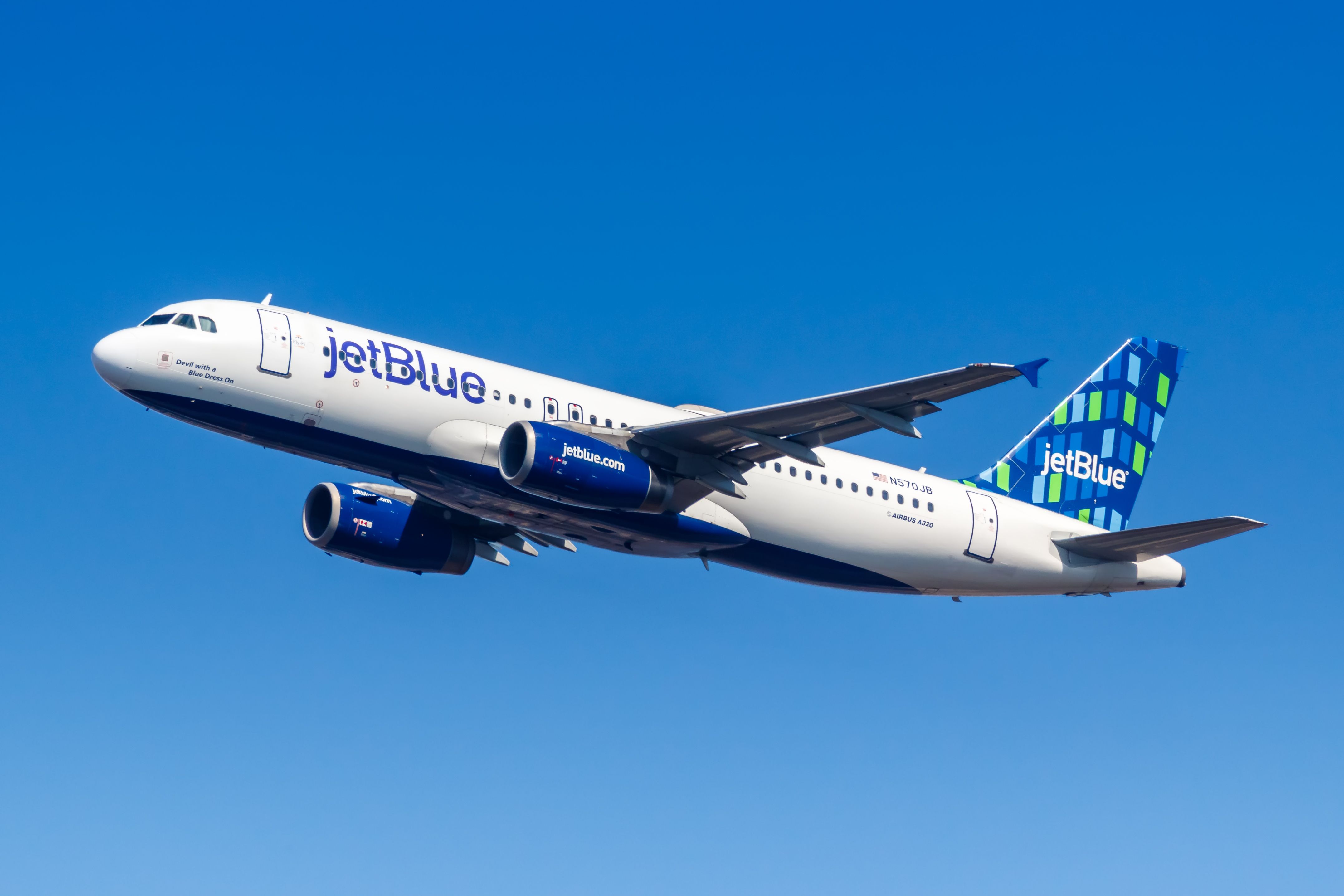
JetBlue Introduces A New Peak And Off-Peak Baggage Fee System
The carrier will now offer different fees based on the date.However, as flights became more commonplace, airlines suddenly faced a challenge: how to carry so many bags. This led to the advent of baggage policies, asking travelers to only bring a fixed number of bags or maximum weights depending on the class of service. It wasn't until European low-cost carriers came around that the idea of charging for checked luggage became feasible.
There are several small reasons why airlines restrict bags, too. For one, too much hand luggage slows the boarding process, and each aircraft has limited bin space. Keeping bags anywhere except the overhead bins or under the seat in front is also a safety hazard that could lead to trouble during an evacuation. To avoid this, no airline generally allows more than two pieces of luggage to be carried aboard.
Discover more aviation news here.
Increasing opportunities
By the 2000s, the reason for charging for bags was apparent: revenue. American Airlines introduced fees for all checked bags in the US in 2008, triggering policy changes among the big three and beyond. Taking a page from the low-cost playbook in Europe, American Airlines realized that ancillary bag fees could help offset high oil prices without raising fares and angeringallpassengers. Soon, checked bags on domestic flights were only available in premium cabins or flexible economy fares.
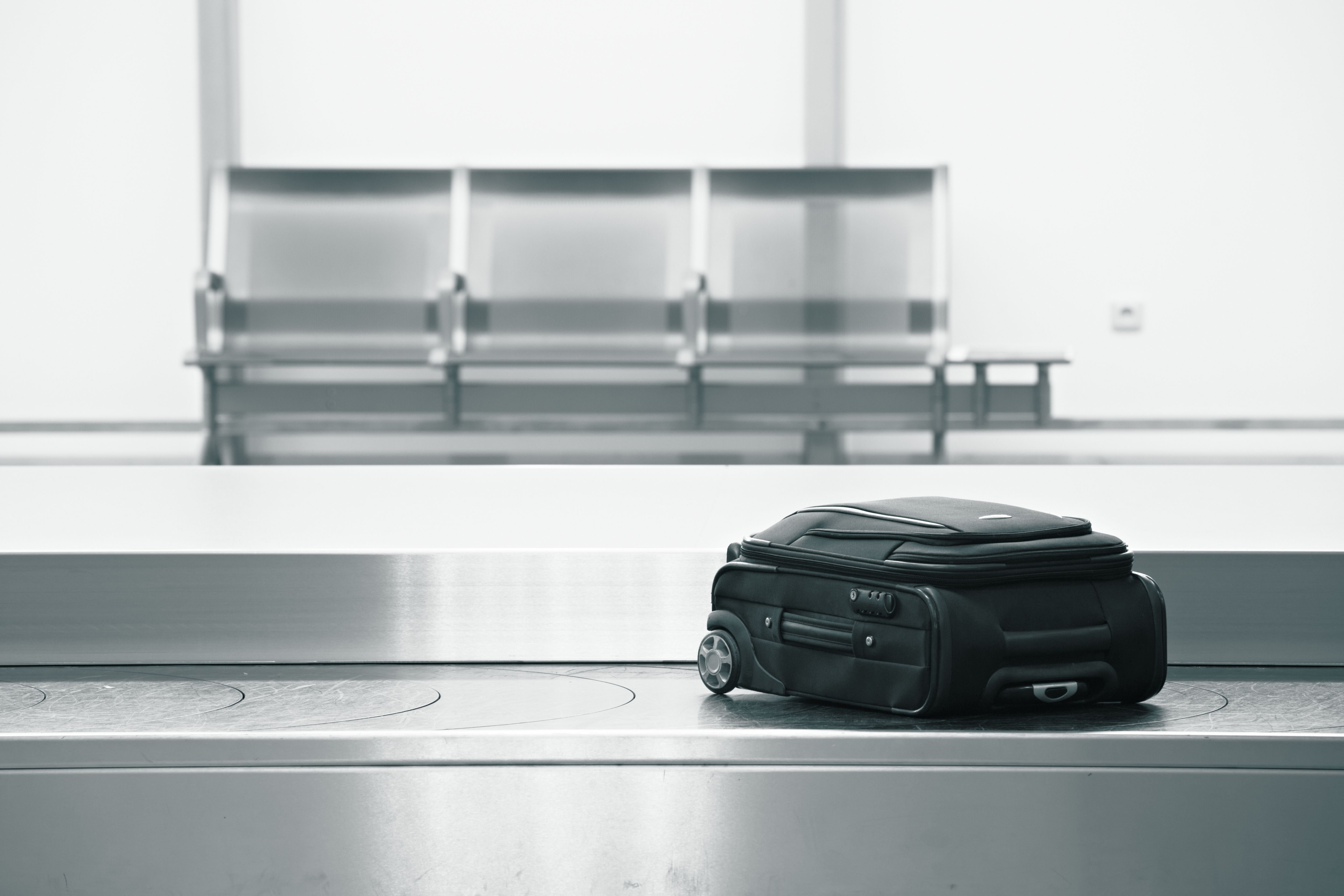
Checked Baggage: Where Does It Go In The Airport & How Does The System Work?
The baggage system at an airport can span miles and effectively transfers luggage from the check-in desk to the aircraft and back, most of the time.In 2019, US carriers brought in $4.9 billion from luggage fees alone, explaining why these policies are unlikely to change. American Airlines brought in $1.2 billion, with United following with $888.7 million and Delta at $778 million. By comparison, low-cost Southwest, which boasts a generous two-checked baggage policy for all, only brought in $49 million.
All about revenue
Today, the reason for restricting baggage is undoubtedly to increase revenue. In a market where cargo is more valuable than ever and fuel expensive, airlines hope to maximize freight and minimize the weight onboard. For passengers, this will mean fewer and lighter bags.
What do you think about the current airline luggage policies? Let us know in the comments.

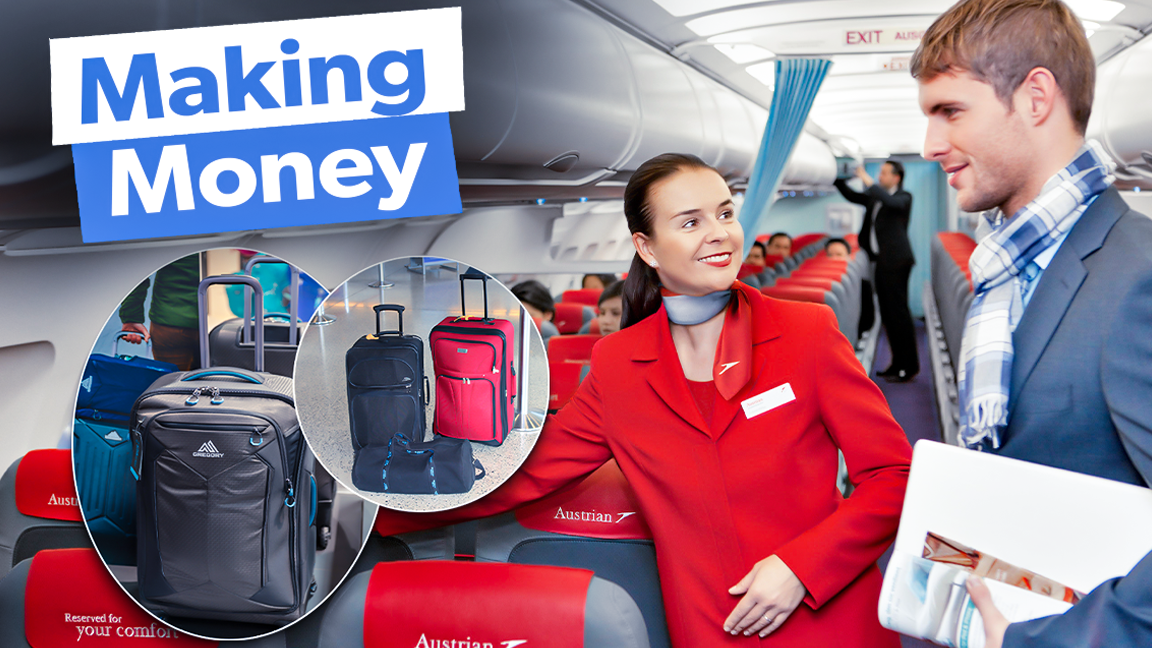
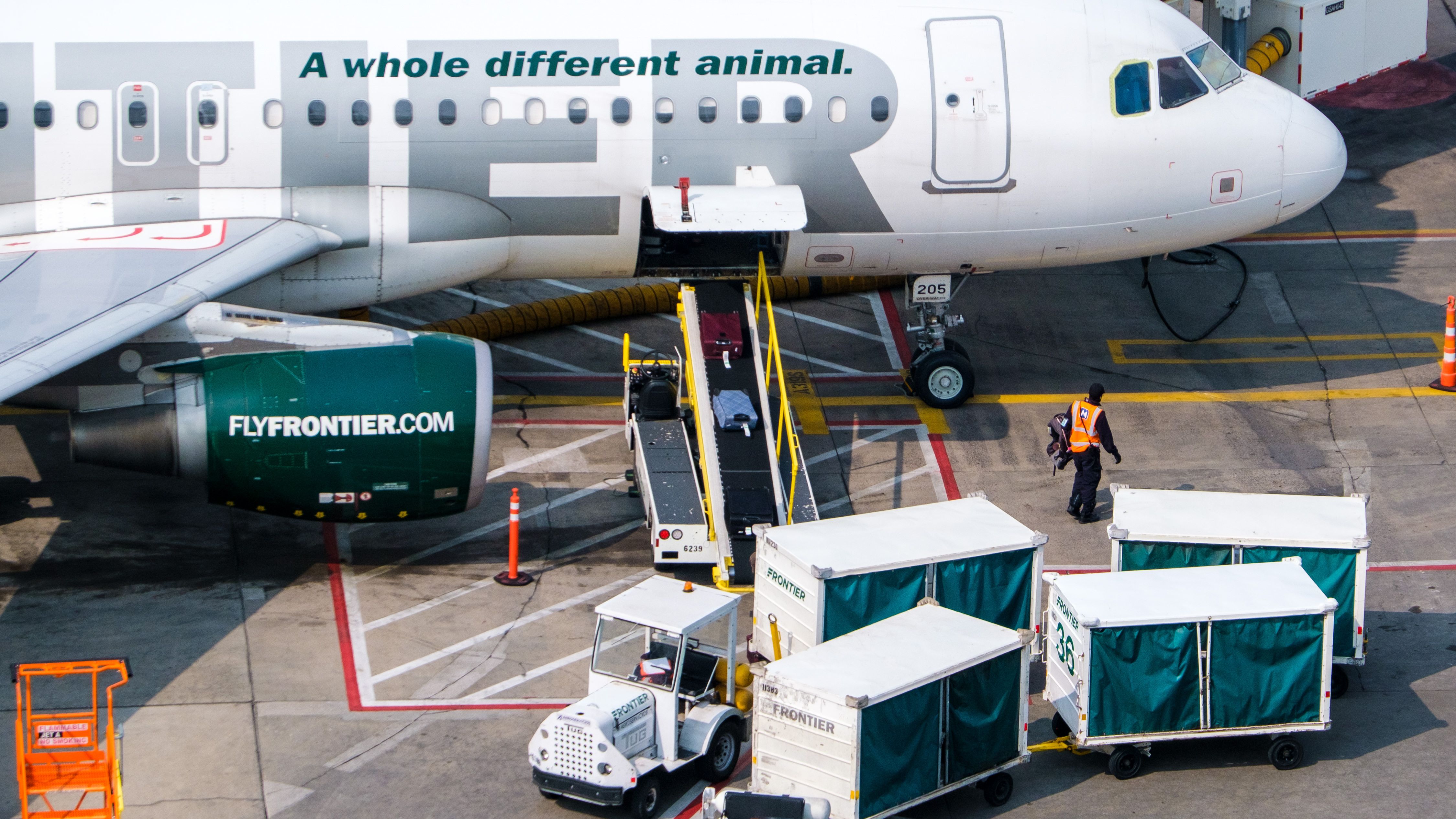
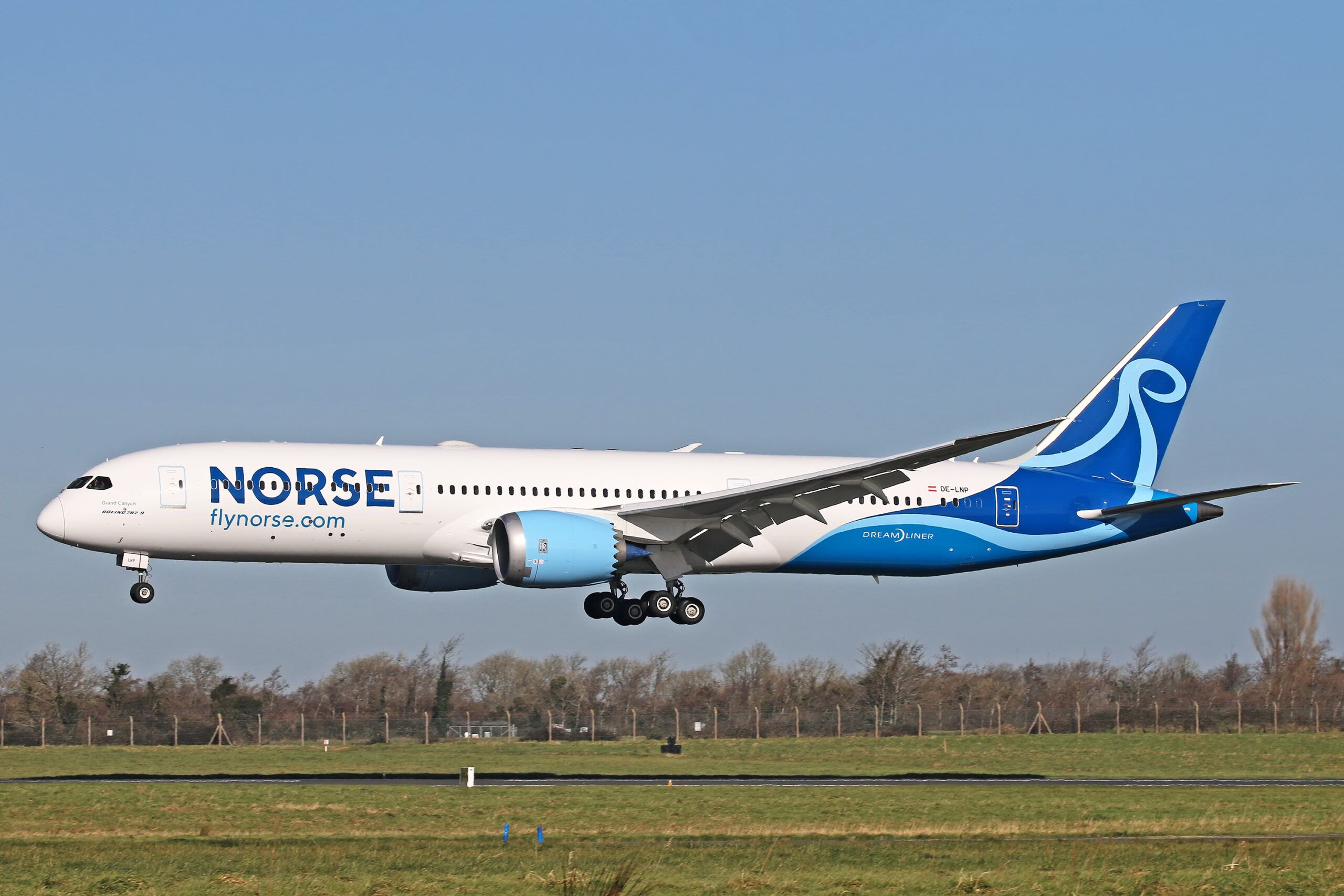
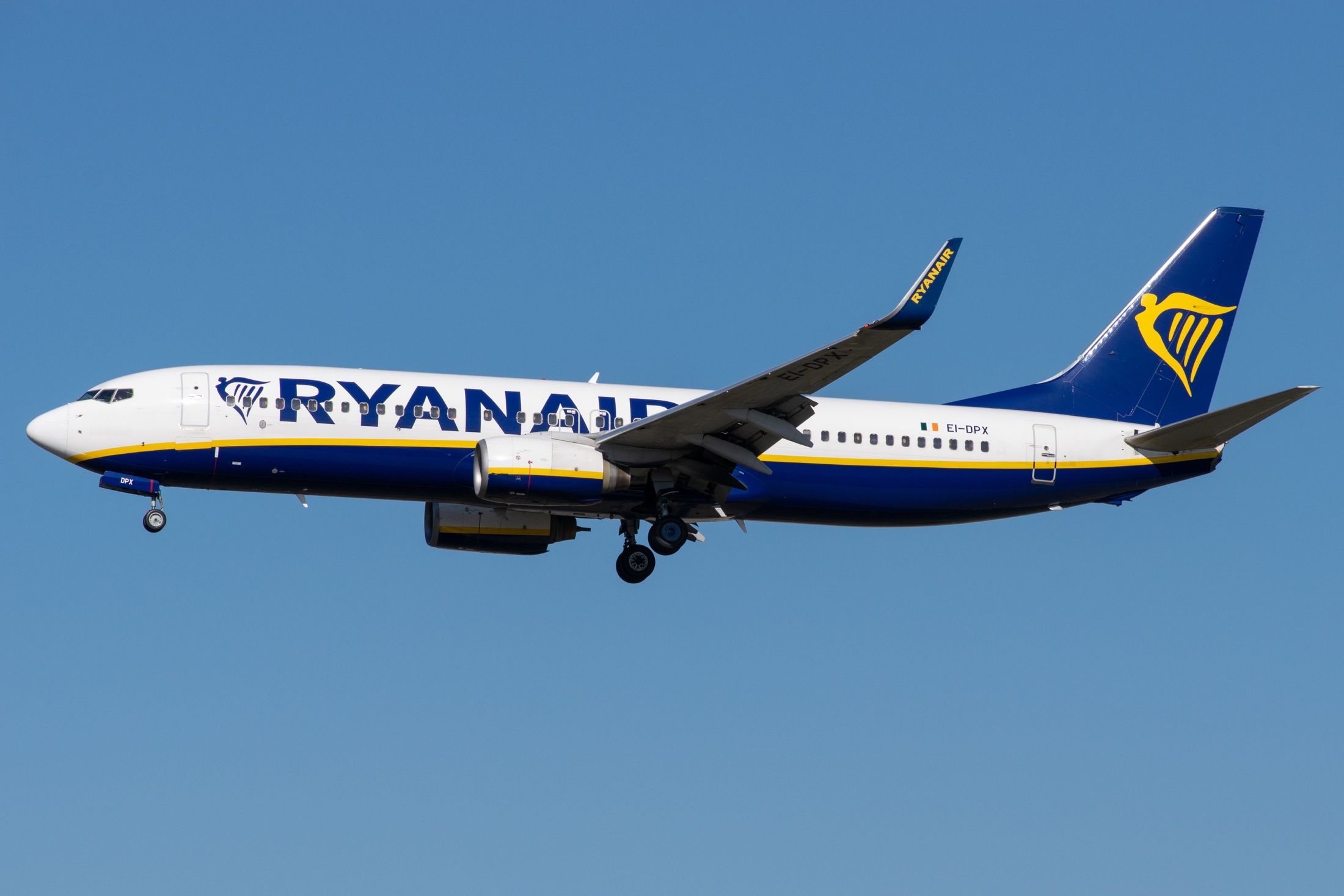
-N754AN-(2)-1.jpeg)